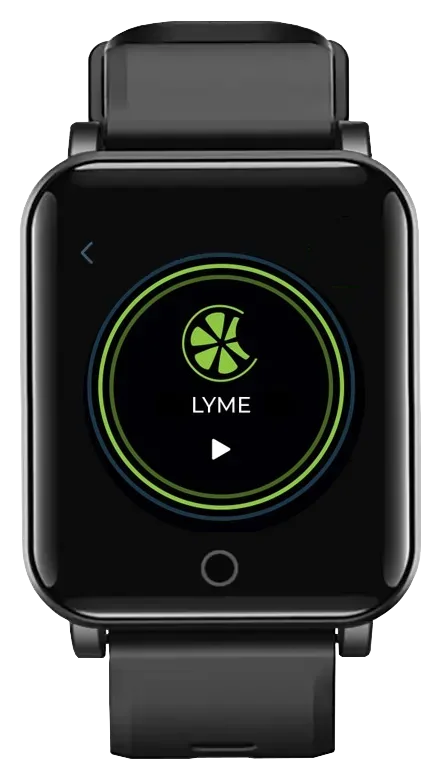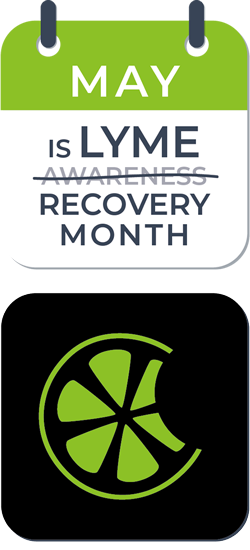Pain extracts a terrible price. It interferes with our ability to think and concentrate. Pain affects movement; our ability to work and the agility necessary to enjoy activities. Back pain, acute pain, chronic pain … when social life is compromised by pain, loneliness becomes its companion.
Perhaps worst of all, we may find our lives defined and directed by the pain we feel. A life of pain becomes the new normal. The body, and more importantly the brain adapt, putting relief on the back burner.
Even the best efforts of caring and competent professionals often leave a patient feeling worse. Traditional medicine and FDA approvals may have little effect on the problem while creating new ones.
Our brains and pain
We’ve all heard of “phantom pain”… the kind of pain that can make an amputee feel that a lost limb is hurting. It stems from the brain being overprotective even after the source of the pain is gone.
The brain’s main job is to protect the body it inhabits. If you break your arm, your nervous system sends signals to your brain from a variety of different nerves and sensory organs on the end of your nerves. What actually causes pain is your brain interpreting the signals and deciding it needs to protect your body. The longer your brain thinks it needs to protect part of your body, the better it gets at doing so. And so your brain cries “ouch”, even when the injury has healed. Most of the time pain is appropriate and lifesaving and allows us to protect our body and heal. But sometimes our brains become overprotective get really good at signalling a problem pain even though the issue is healed or resolved and the hurtful information is no longer useful.
Our brains adapt to lifetime experiences, changing the way the brain and nervous system work together. Pain, and especially chronic pain, place the system on high-alert. On-going pain can make pain receptors overly sensitive, overactive and activated too easily. We may continue to feel pain even after an injury or illness has healed. This heightened state is known as central sensitization and we are discovering new ways in which it can be dealt with in addressing pain in real-time.

New approaches to pain
We are learning more about the origins of pain and non-invasive, drug-free ways to address it. Along with physical therapy and exercise therapy, there are new insights and entries in achieving pain relief. One is Graded Motor Imagery, a clinically proven process that trains the brain through imaging and movement that a certain action or movement has ceased to be a source of pain and that protective pain-signalling is no longer required.
Real-Time Pain Relief Technology
The search for drug-free pain relief is ongoing. One example is TENS technology (transcutaneous electrical nerve stimulation), a clinically proven electrical stimulation technology that aims to block pain signals.
Frequently used for chronic low back pain, acute pain management, or muscle soreness after intense exercise or physical therapy, a TENS unit blocks the pain signal to reduce pain by flooding the nerves with noise to drown out the signal. Unfortunately, not only are these devices often uncomfortable to use, the pain returns shortly after it is switched off.
Relieve Pain with Bioenergetics
Another is NIKKI; a wearable device designed, among other things, to make the brain dialogue more effectively and immediately with the body. The purpose of NIKKI technology is the optimization of function among the billions of cells that make up our bodies and keep them communicating in real-time to maintain a healthy energy biofield. NIKKI brings century-old proven science in your hands and on your wrist. Learn more about the NIKKI Pain frequency.



